Introduction
Introduction to the Electrical Resistance Corrosion Probe
Corrosion is a natural progress. The metal usually reacts with the environment. This causes corrosion. In the industrial environment, it may cause equipment breakdown, potential safety hazards, and the outage of the pipe system. To solve these problems, the Electrical Resistance Corrosion Probe is an important tool for corrosion monitoring.
Electrical Resistance Corrosion Probe measures the corrosion rate by detecting the resistivity of metal elements, which changes according to the corrosion. As the corrosion happens, the quality of the probe reduces, which causes resistance increases. The changes in resistance are proportional to the amount of corrosion that occurs.
The corrosion data of the Electrical Resistance Corrosion Probe is very important to many industries. It includes the oil and gas industry, water treatment, infrastructure, and many other territories.
Brief overview of corrosion and its impact on industries
Corrosion refers to the progress in which materials(especially metals) have chemical reactions with the surrounding environments. This degeneration not only shows as corrosion in the wet air but also includes a variety of other chemical and electrochemical processes. Corrosion has a deep influence on the environment. The oil and gas industry, manufacturing, and construction industries are especially influenced by corrosion.
The importance of corrosion monitoring
Corrosion monitoring is crucial to keep the integrity of industry service life. By systematically tracking the progression of corrosion, enterprises can take precautions before breakdown. Corrosion Monitoring can prolong the service life of the equipment and ensure the safety of personnel security.
The Role of Electrical Resistance Corrosion Probe
Definition and Function of an Electrical Resistance Corrosion Probe
Electrical Resistance is the equipment used to monitor the corrosion rate of the industrial environment. It is based on one factor: As the metal corrodes, its cross-sectional area decreases, increasing resistance. The ER probe measures this resistance change over time, which can be related to the amount of metal lost due to corrosion.
The function of the ER probe is to provide real-time data on the corrosion rate of metals in various environments, such as pipes, tanks, and process vessels. This information is critical to the maintenance program.
The components of an Electrical Resistance Corrosion Probe
ER corrosion probes usually consist of the following parts:
Probe Adapter
The Probe Adapter is an important component that contacts the ER probe’s sensor element and monitor system. It acts as an interface between the probe and the data acquisition device, ensuring that the resistance reading of the probe is accurately transmitted to the data logger or transmitter. Adapters are typically designed to be compatible with specific types of ER probes and their operating environments to ensure reliable performance and minimize interference with resistance measurements.
Portable Data Logger
A portable data logger is a compact handheld device for collecting and storing data from ER probes over time. It is designed for ease of operation in the field and can be easily transported to different monitoring sites. A portable data logger records the resistance value detected by the probe, allowing time-based corrosion rate analysis. The data stored in these devices can often be downloaded to a computer for further analysis and reporting, making it a valuable tool for maintenance personnel and corrosion engineers.
Wireless Transmitter (Data Acquisition Device)
A wireless transmitter, in the context of an ER probe system, is a data acquisition device. It wirelessly sends collected resistance data to a remote monitoring station or system. This allows real-time monitoring of corrosion without the need for physical cable connections. It is more flexible and convenient to place probes in challenging or hazardous environments. Wireless transmitters can often be configured to send alerts or notifications. This ensures immediate awareness and response to potential problems when the corrosion rate exceeds a predetermined threshold.
Understanding Corrosion
What is corrosion and why does it matter?
Corrosion is a natural process that involves the deterioration of metal properties due to reactions with environmental elements. This is a common problem that can affect a variety of metals, leading to structural weakening, component failure, and potentially dangerous conditions. Corrosion is important because it can have a significant economic impact due to costs associated with repair, replacement, and downtime. In addition, it poses safety risks and may lead to environmental pollution if not properly managed.
The science behind metal corrosion
The science behind metal corrosion is primarily electrochemical. When a metal reacts with its environment, corrosion occurs, leading to the formation of oxides or other compounds. The most common form of corrosion is the oxidation of iron when exposed to oxygen and water, forming rust (iron oxide). This process involves the transfer of electrons from the metal to oxygen, a reaction that may be accelerated by the presence of salts, acids, or certain bacteria.
Common types of corrosion affecting industries
Several types of corrosion can impact the industry, and understanding them is critical for prevention and control:
Uniform corrosion: This corrosion occurs uniformly on the surface and is the most predictable and manageable form of corrosion.
Galvanic corrosion: occurs when two different metals come into contact and are exposed to an electrolyte, causing one metal to preferentially corrode.
Pitting: Characterized by small, localized areas of rust, often resulting in the formation of pits that are difficult to detect and can result in significant material loss.
Crevice corrosion: occurs in a confined space where contact with the working liquid is limited, and corrosion accelerates in this environment.
Intergranular corrosion: Attacks on the grain boundaries of metals, usually as a result of heat treatment or welding processes.
Stress corrosion cracking (SCC): Caused by the combined effect of tensile stress and the corrosive environment, causing the material to crack.
Benefits of Using Electrical Resistance Corrosion Probe
Preventing unplanned downtime with ER Probes
Electrical Resistence corrosion probes play an important role in detecting corrosion rates in real time, which allows for proactive maintenance planning. By identifying potential problems before they expand, ER probes help avoid unplanned shutdowns of critical equipment or infrastructure, which can be costly and disruptive to operations.
Enhancing safety through timely corrosion detection
In any industry, safety is Paramount, and ER probes play a key role in ensuring safety. By providing early warning of increased corrosive activity, these probes allow corrective action to be taken before the integrity of metal components is compromised. This timely detection is essential to avoid failures that could lead to accidents or environmental hazards.
Extending asset life and reducing maintenance costs
Regular use of ER probes can significantly extend asset life by optimizing maintenance schedules based on actual corrosion data rather than estimates. This data-driven approach allows for targeted maintenance, reducing unnecessary overhead and ensuring that repairs are made only when needed. As a result, overall maintenance costs are reduced and the useful life of assets is enhanced.
Parameters of Electrical Resistence Corrosion Probe
Range: 0 ~ 261144 probe life units
Impedance range of probe sensitive element: 1~50mΩ
Resolution: Typical value 1nm; (The total thickness of a typical probe sensitive element is 20mil, with a lifespan of 10mil.)
Power Supply: 24VDC power supply/Lithium battery
Current Consumption: 12mA@24VDC/1~12mA@8.4V
Communications: RS485 two-wire, 2400 baud rate/2.4G, LORA, 4G/5G or 4-20mA
RS485 Address: 0 ~ 31
Environmental Temperature: -40℃~ +70℃
Enclosure Protection Level: IP 65
Maximum Collection Rate: Once per minute
Minimum Collection Rate: Once at any interval
Hazardous Area Certification: Ex d IICT4 Gb
Assembly Table
| Type | |||||||||||||||
| ECP | Resistance Probe Assembly | ||||||||||||||
| ‐Code | Plug | ||||||||||||||
| Pxxx | Type | Material | Sealing material | ||||||||||||
| 0 | i.e. No Requirements | 0 | i.e. Carbon Steel | 0 | i.e. No Reqirements | ||||||||||
| 1 | i.e. Hollow insert | 1 | i.e. 316 stainless steel | 1 | i.e. Fluorine ruber sealing ring/PTFE main seal | ||||||||||
| 2 | i.e. 316L stainless steel | 2 | i.e. Hydrogenated Nitrile | ||||||||||||
| 3 | i.e. F51 Duplex stainless steel | ||||||||||||||
| 4 | i.e. INCONEL Nickel based alloy | ||||||||||||||
| ‐Code | Temperature and pressure gauge components | ||||||||||||||
| Txxx | Connection size | Body Material | Temperature and pressure gauge material | ||||||||||||
| 0 | i.e. No Reqirements | 0 | i.e. 304 stainless steel | 0 | i.e. No Reqirements | ||||||||||
| 1 | i.e. 1/2″ | 1 | i.e. 316 stainless steel | 1 | i.e. 304 stainless steel | ||||||||||
| 2 | i.e. 3/4″ | 2 | i.e. 316L stainless steel | 2 | i.e. 316 stainless steel | ||||||||||
| 3 | i.e. F51 Duplex stainless | ||||||||||||||
| ‐Code | Probe Assembly | ||||||||||||||
| Dxx ‐Lx″ | Connection size | Body Material | Pipeline Specifications(‘’) | ||||||||||||
| 0 | i.e. No Requirements | 0 | i.e. stainless steel | Probe length varies with pipeline specifications | |||||||||||
| 1 | i.e. 1/4″ | 1 | i.e. 304 stainless steel | ||||||||||||
| 2 | i.e. 1/2″ | 2 | i.e. 304L stainless steel | ||||||||||||
| 3 | i.e. 316 stainless steel | ||||||||||||||
| 4 | i.e. 316L stainless steel | ||||||||||||||
| 5 | i.e. F51Duplex stainless | ||||||||||||||
| Example: :ECP‐P121‐T021‐D02‐L6″ ECP : i.e.Resistance Probe Assembly; P121: i.e.he hollow insert material is 316L, with fluorine rubber ring and polytetrafluoroethylene main steel; T201: i.e.The size of the temperature and pressure gauge component connector is 3/4 ″, and the material is 304 stainless steel. The temperature and pressure gauge are made of 304 stainless steel. D02: i.e.The probe connection size is not required, and the probe body material is 316L stainless steel; L6″: i.e.The probe length is suitable for 6 “pipelines | |||||||||||||||
Conclusion
In conclusion, ER Probes play an indispensable role in modern industry. These tools not only provide real-time insights into corrosion rates but also empower organizations to manage the integrity of their assets more effectively. By proactively intervening based on the data from these probes, companies can avoid the pitfalls of unplanned downtime and ensure the continuous operation of their facilities.
Furthermore, ER Probes are a cornerstone in enhancing workplace safety. They offer a clear advantage by detecting corrosion early, which allows for timely maintenance and repairs, mitigating the risks of catastrophic failures. This proactive approach to corrosion management not only safeguards personnel but also protects the environment from potential contamination.
Looking ahead, the future of corrosion monitoring seems promising. Technological advancements continue to refine the sensitivity and accuracy of ER Probes, making them even more reliable. Additionally, the integration of these probes with advanced analytics and predictive maintenance systems is paving the way for smarter, more cost-effective strategies in asset management.
In summary, ER Probes are transforming the way industries address corrosion. By enabling proactive corrosion management, they contribute significantly to the extension of asset life, reduction in maintenance costs, and enhancement of safety standards. As we move forward, these tools will undoubtedly become more integrated into the operational fabric of various industries, marking a new era in corrosion monitoring and asset protection.


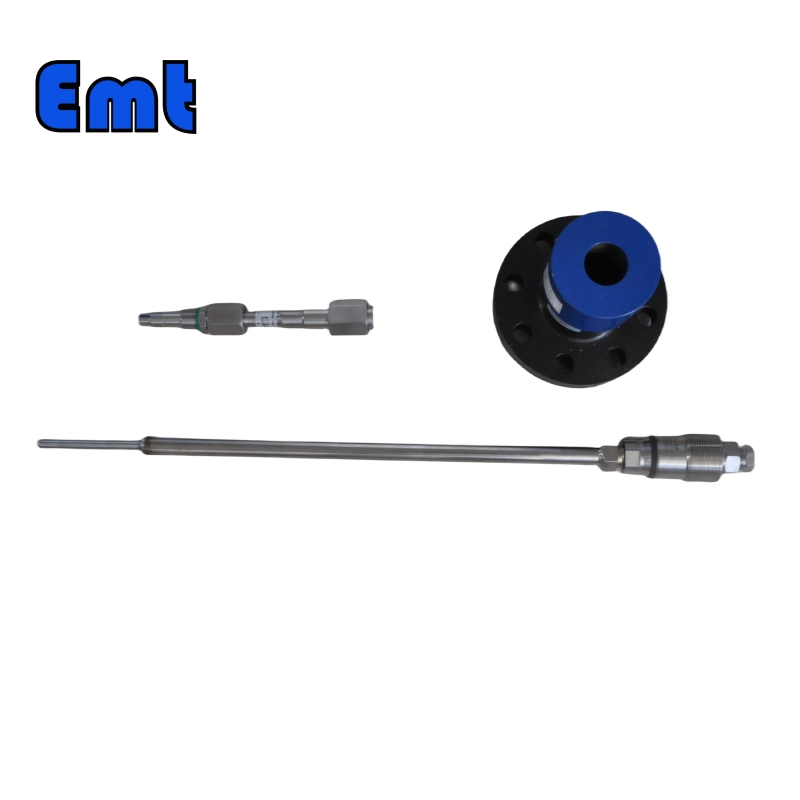
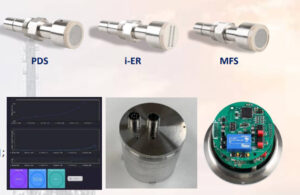
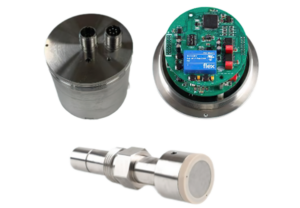
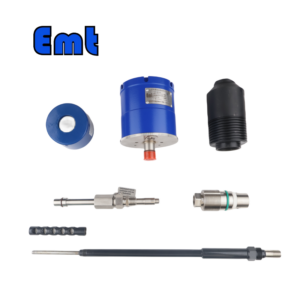
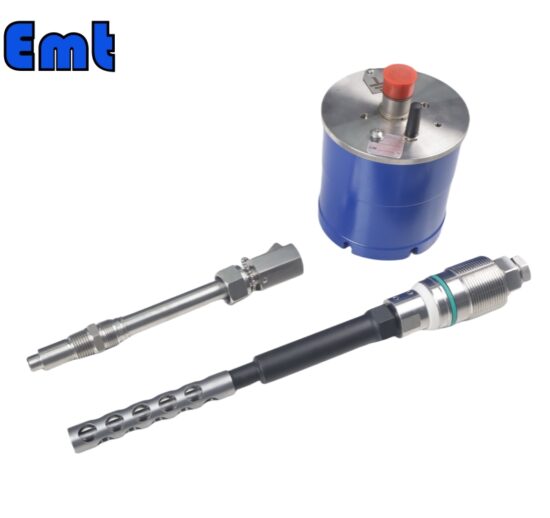
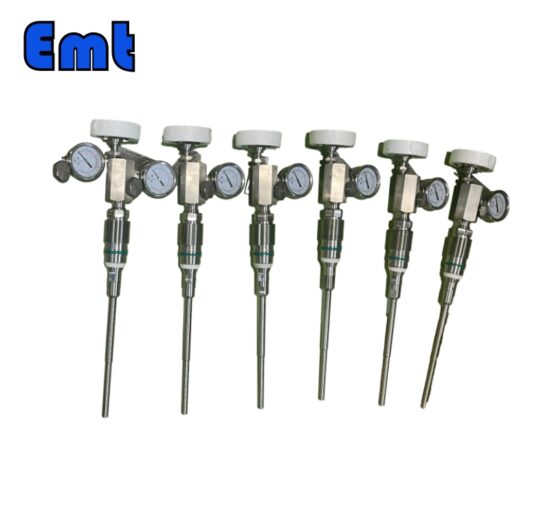
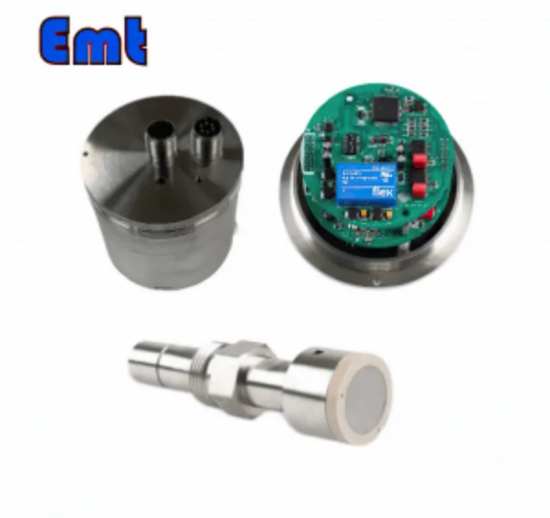
There are no reviews yet.